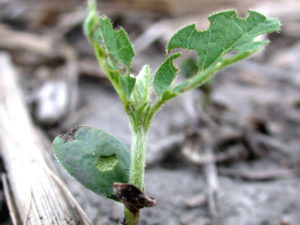
A few soybean fields were planted early, and they are not only emerged, but well into the V-growth stages. Producers are just now finding that these “islands” of legumes have become a trap-crop for bean leaf beetle activity early this season.


A few soybean fields were planted early, and they are not only emerged, but well into the V-growth stages. Producers are just now finding that these “islands” of legumes have become a trap-crop for bean leaf beetle activity early this season.
The Purdue Pest Management Program has made 3 videos available which address this year’s late-planting season. You can find them on YouTube using the following links:
Part 1 of 3: Historical Indiana Planting Dates and Yield Trends
https://youtu.be/rUhfkWcNXOQ
Part 2 of 3: Late Corn Planting Considerations
https://youtu.be/qlrn42V8dyI
Part 3 of 3: Late Soybean Planting Considerations
https://youtu.be/Lwr9kIOE84o
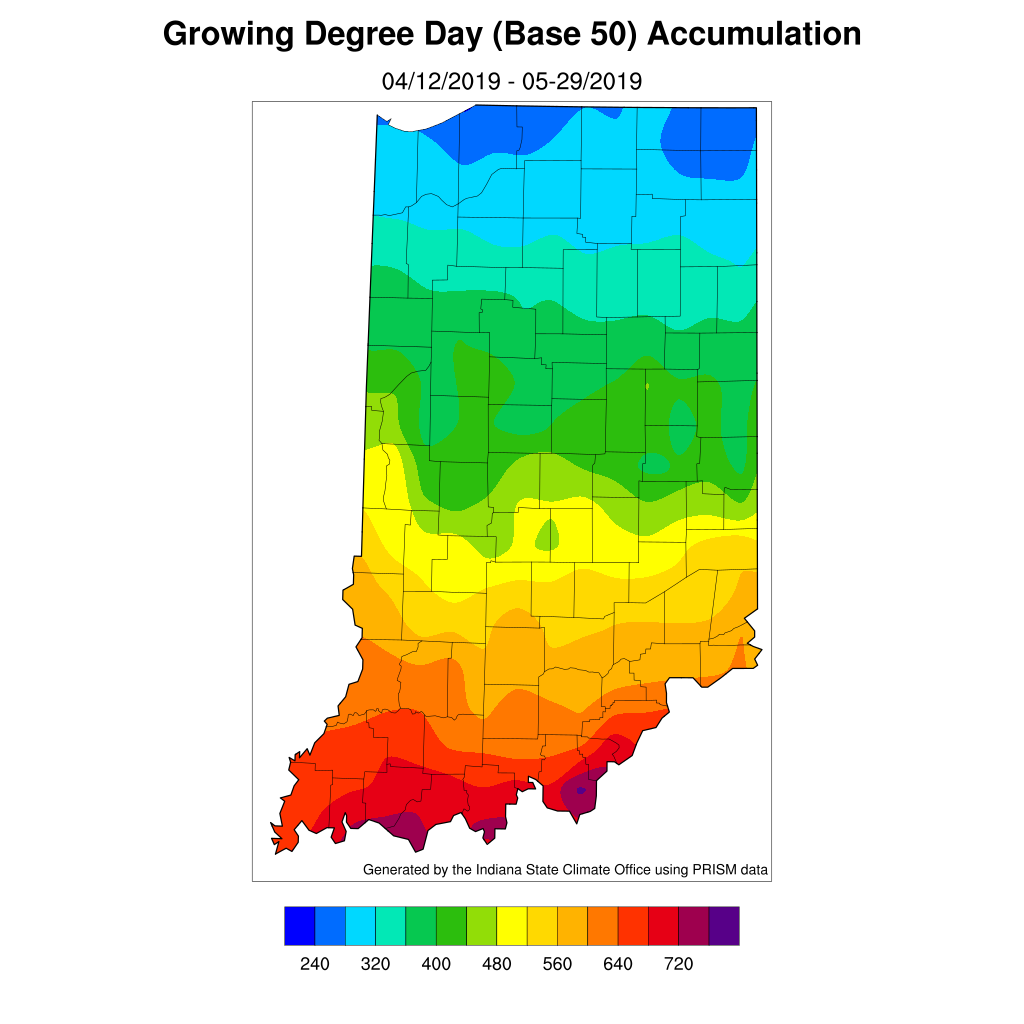
The early intensive black cutworm flights into Indiana, 2nd week of April, have now received enough heat accumulation for larva to have developed to the cutting stage throughout the state.
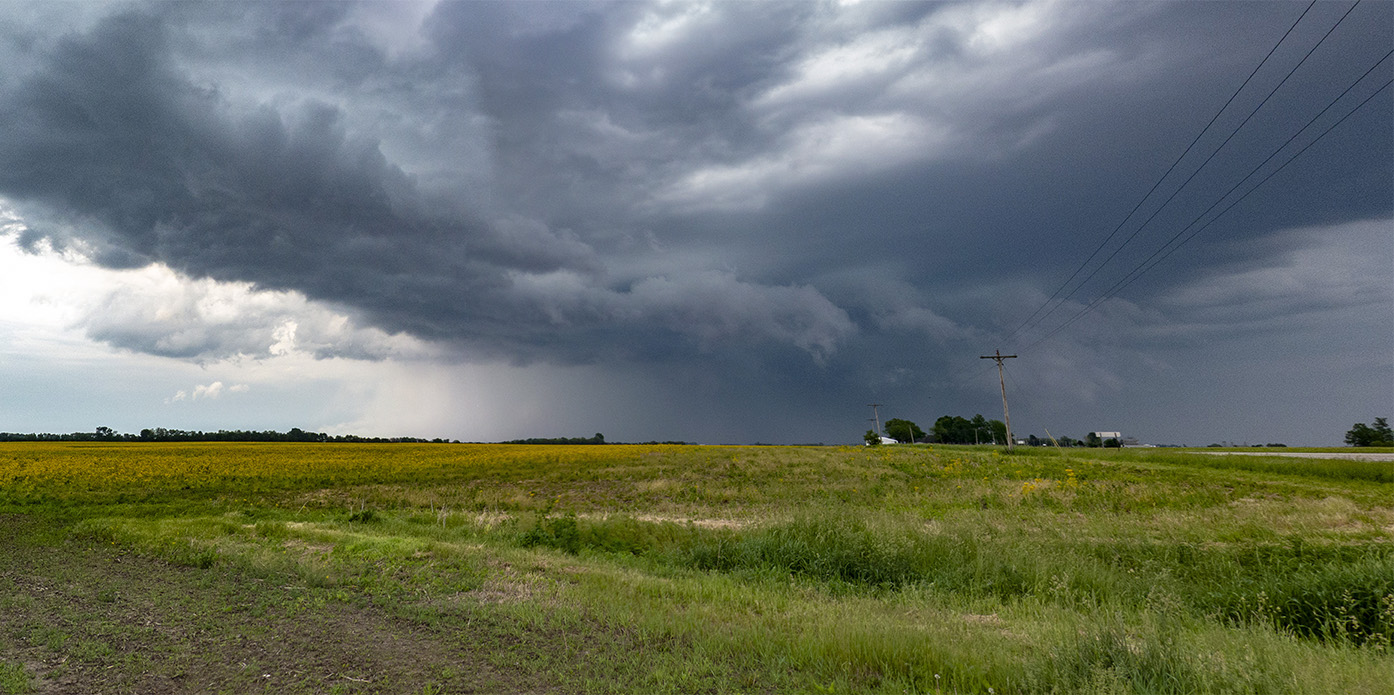
Armyworm Pheromone Trap Report – 2019
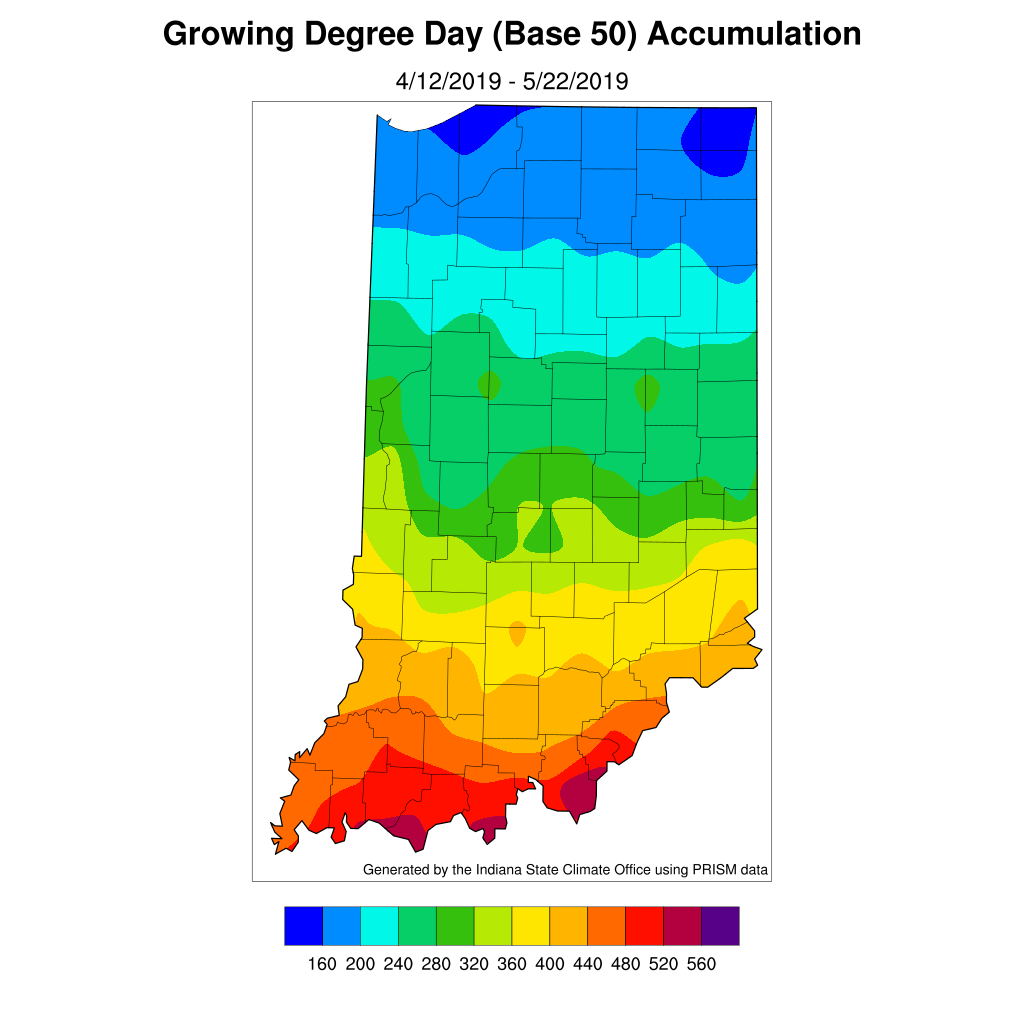
The following map, based on GDD50, is provided to assist in timely scouting of emerged cornfields for black cutworm damage.
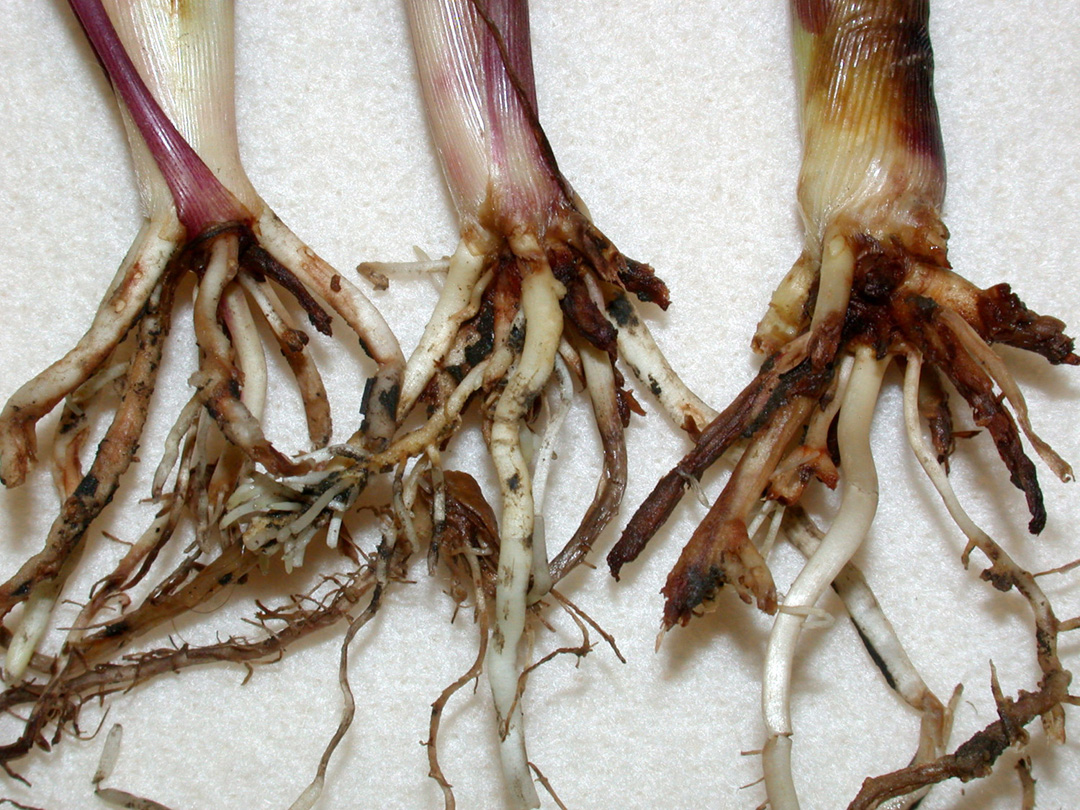
Desperate times calls for desperate measures. As delayed planting conditions persist and the calendar approaches June, we can’t anticipate all likely miscues that will play out in the next few weeks.
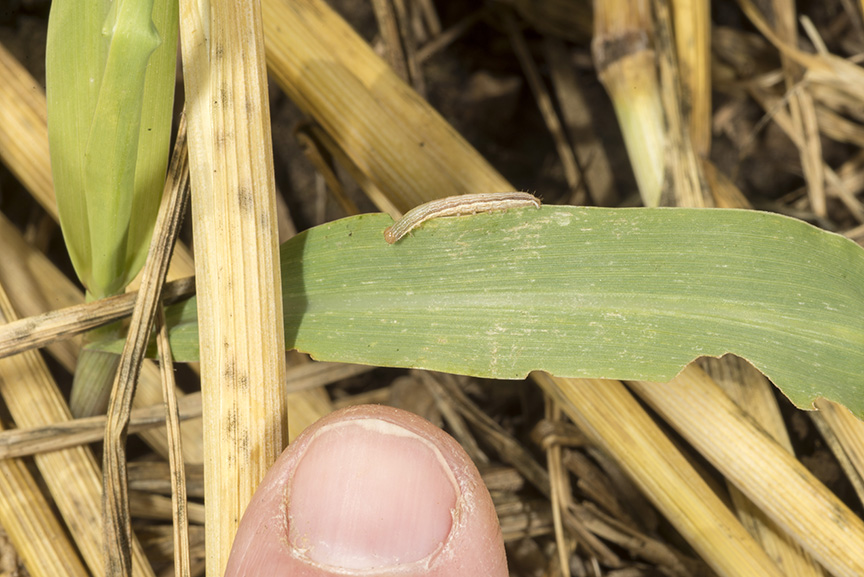
Armyworm moth captures have varied throughout the state, with some being quite impressive this spring (see “Armyworm Pheromone Trap Report”).
Armyworm Pheromone Trap Report – 2019
Armyworm Pheromone Trap Report – 2019
Armyworm Pheromone Trap Report – 2019
© 2025 Purdue University | An equal access/equal opportunity university | Copyright Complaints | Maintained by Pest&Crop newsletter
If you have trouble accessing this page because of a disability, please contact Pest&Crop newsletter at luck@purdue.edu.